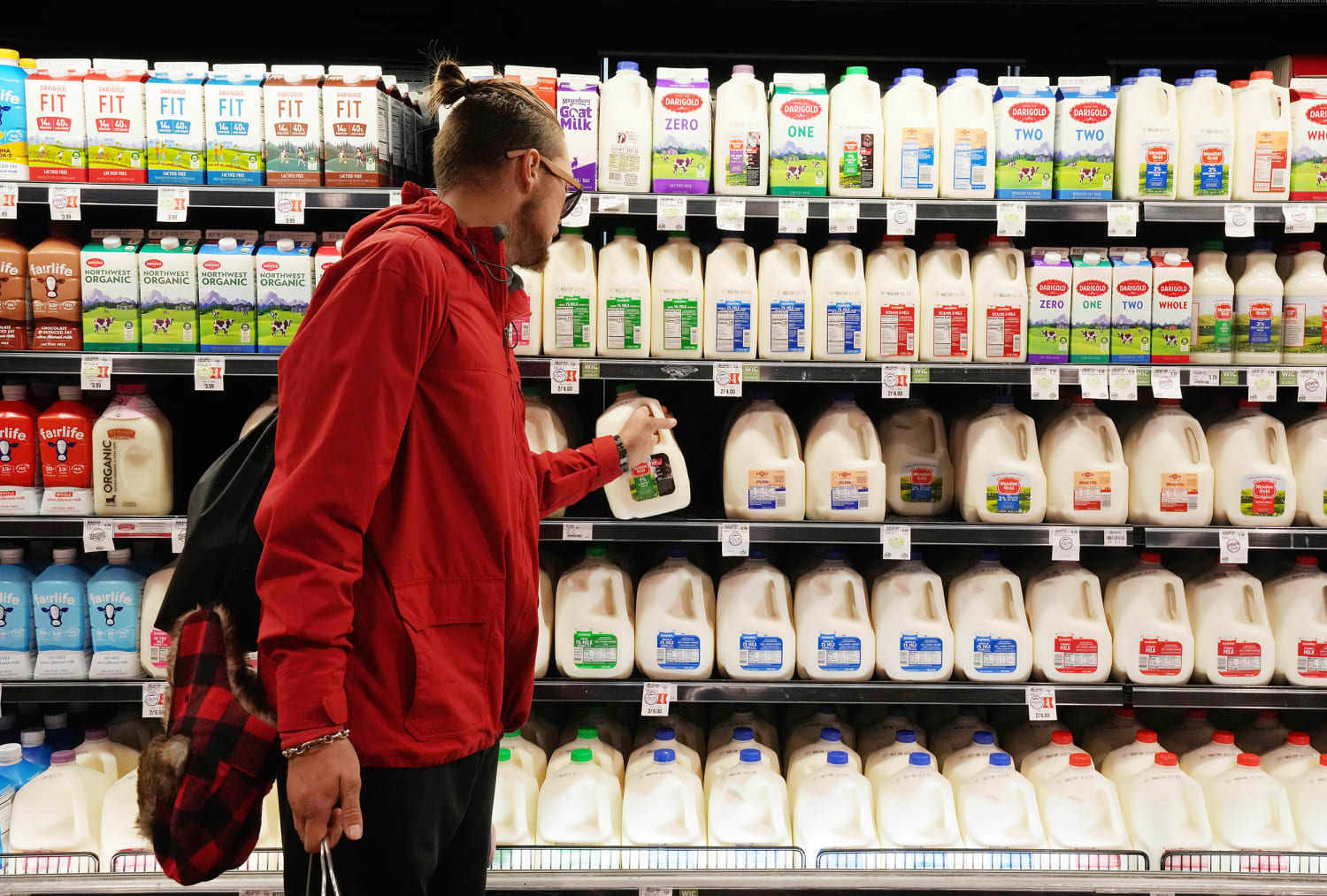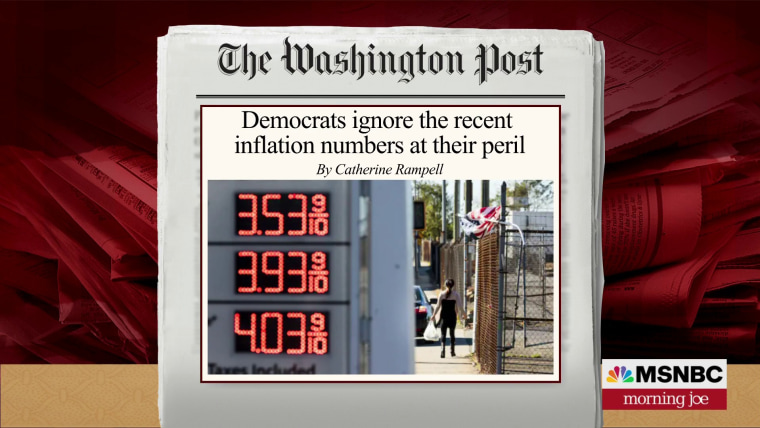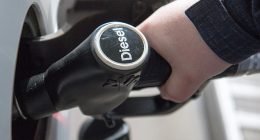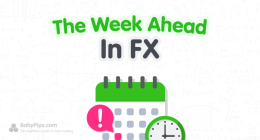President Joe Biden has a plan to not only rebuild the nation’s crumbling infrastructure but his own sagging poll numbers. He seems convinced that more legislative action, by following up his $1 trillion-plus roads and bridges bill with a sprawling climate and social welfare package, is the solution to what ails him and his party.
Biden, fresh off the passage of the infrastructure bill late last week, has embarked on a national tour to tout the benefits of his Build Back Better plan. He seems to assume that handing out $1.75 trillion in child care benefits, tax credits and other social programs will win him the support of voters. But he’s overlooking that these economic gifts also come with real costs — and that the pain those inflict may only worsen his political problems.
The country is seeing the fastest inflation rate in 31 years, with consumer prices jumping 6.2 percent for the year ending in October, according to the latest official statistics. This trend is eating away at wage gains, with inflation leading to a 0.5 percent decrease last month. With the holidays coming, empty shelves and delayed orders beckon.
Not every supply chain kink or uptick in energy prices overseas is connected to the Biden economic agenda, of course. But it’s also not a given that his agenda is going to move the economy in the right direction. Even with the Build Back Better plan currently stalled in Congress, the economy is awash in new federal spending at a time of inflation.
The more than $2 trillion CARES Act signed into law last year while Donald Trump was still president was followed by another $900 billion stimulus package before Trump left the White House. Upon taking office, Biden signed the nearly $2 trillion American Rescue Plan. Soon this will be joined by the $1.2 trillion for infrastructure.
That’s over $6 trillion in new federal spending even without the nearly $2 trillion social safety net bill. Pretty soon, you’re talking about real money.
That’s why over the past year even some Democrats have warned that the economy is overheating, risking an inflationary sugar high. Too much money chasing too few goods leads to high prices, exacerbating problems with the supply lines. Even some who believe Biden’s efforts will help in the long run concede it can cause more inflation in the near term.
Even worse might be what happens when the economy eventually comes crashing down. Rising interest rates, the Federal Reserve’s go-to solution for calming down inflation, would in turn increase federal debt payments. Worries about the country’s long-term financial stability prompted Biden’s own economic advisers to scale back the deficit spending and come up with more tax hikes earlier this year as part of the plans that eventually became Build Back Better.
And it won’t necessarily take the worst-case economic scenarios for all this to become a political problem for Biden and the Democrats. The polls are showing growing concerns about inflation, which tends to undermine public confidence in the economy as a whole.
Milk and gasoline are not boutique products only consumed by moneyed interests. Spikes in their prices harm the budgets of ordinary working families, the very people Biden says he wants to help. This isn’t just about the tragedy of the delayed treadmill.
The Democrats lost their dominant position in American politics during the 1970s as they presided over what some economists once thought impossible: an unsavory combination of rampant inflation and high unemployment known as stagflation. This time, inflation is coming with labor shortages. Biden and his team don’t agree with the economic analysis that suggests their spending plans will make the existing pocketbook problems in the country worse. They particularly believe infrastructure improvements, such as helping modernize the ports, will help relieve some supply chain bottlenecks.
“This bipartisan infrastructure bill is a major step forward. It represents the biggest investment in ports in American history,” the president said in Baltimore. “And for American families, it means products moving faster and less expensively from factory floor, through the supply chain, to your home.”
To be sure, there are some well-credentialed economists who agree. But even if some investments are potentially worthwhile, that doesn’t mean everyday Americans will quickly see the benefits. The funding for infrastructure will take months if not years to improve the movement of goods and people. Meanwhile, the effect of inflation from the cash already being spent on these projects will be felt immediately.
The idea that the federal government can pile trillions upon trillions of dollars of new spending upon each other without cost or consequence is simply not the way to bet. No complex economic theories will be required to make this fact plain to the American people: They will see the prices at the grocery store, on the gas station pump and in their monthly bank statements. To truly build the economy back better, it can’t be constructed on sand.
Source: | This article originally belongs to Nbcnews.com










